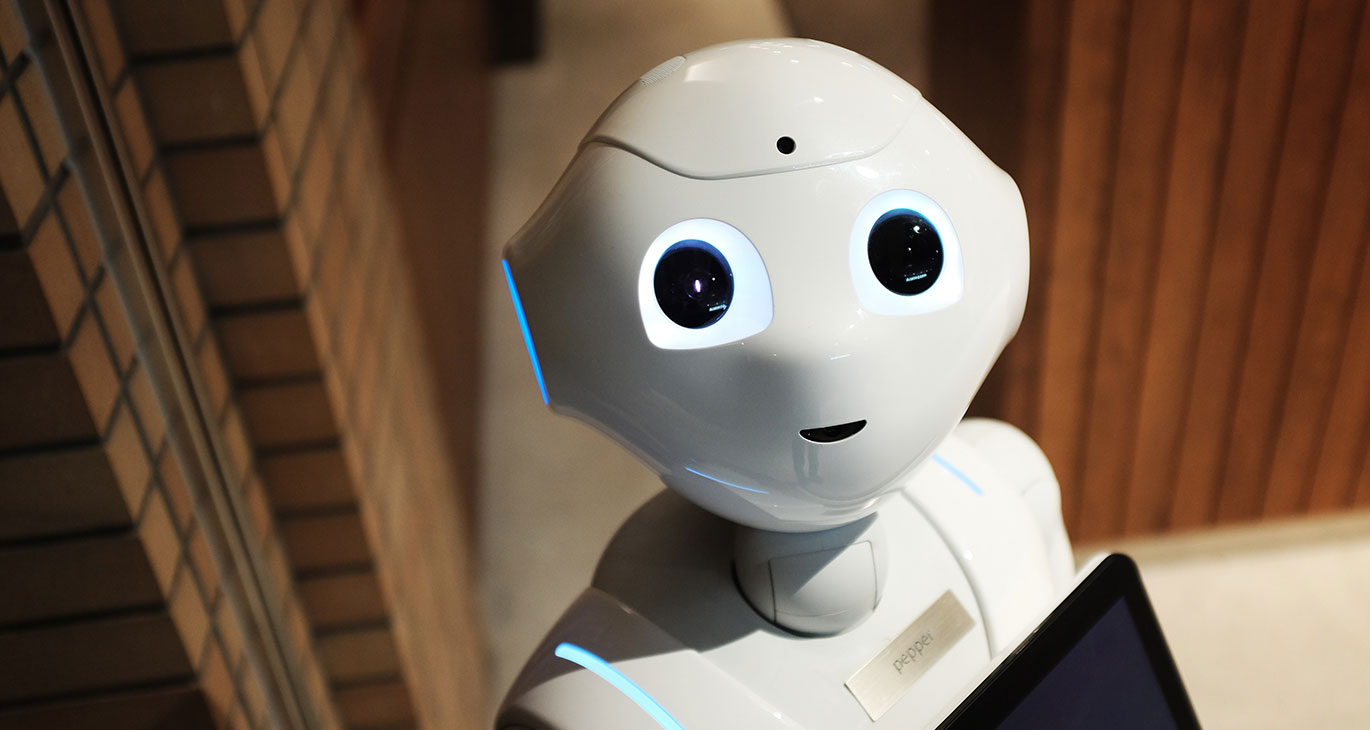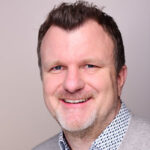
The Internet of Things in healthcare Part I: Is the health sector getting smarter and smarter?

Be it the smartwatch on your wrist or monitoring in hospitals, retirement homes or pensioners’ houses, a wide range of applications are now available to support the day-to-day lives of patients and people receiving care. Networked devices are seeing increasing use in the health sector too. Networked technology, often referred to as the Internet of Medical Things (IoMT) in this field, has the potential to transform healthcare from the ground up. By 2026, the Internet of Medical Things market is expected to have an annual growth rate of 23.4 per cent.[1]
Demographic change is changing the age structure and leading to rising numbers of people who are in need of care and support. According to a survey by the trade association Bitkom, the number of users aged 65 or more who use smart-home technology has remained low despite the fact that smart assistance would be extremely helpful to them. Just 18 per cent of the over-65s use such devices, although this number has tripled since just 2018.
Assisted ageing with Ambient Assisted Living (AAL)
The majority of seniors would like to stay at home, even if they needed care, and prefer a digital home with smart technical aids over a care home. Ambient Assisted Living, or AAL, refers to products or services that assist the day-to-day lives of elderly, ill or disabled people, especially with regard to safety and security. Their purpose is to help these people live as self-determined a life as possible in spite of their illness or advanced age.[1]
A legal framework to support AAL innovations
A legal framework is a cornerstone when it comes to using innovative digital solutions. Recently, this framework has included the German Digital Healthcare Act (DVG), which came into force on 19 December 2019 and focused on strengthening telemedicine and introducing digital health applications, as well as the German Digital Modernisation of Healthcare and Nursing Act (DVPMG), which was passed in May 2021 and facilitates the subsidisation of digital nursing applications.
Software solutions in medical care and long-term care
Even today, a doctor can prescribe digital health applications on a patient’s health insurance. The manufacturers of these ‘apps’ have been given easier access so as to cut back on as much red tape as possible. Once the security, functionality, quality, data security and data protection of the digital health application have been assessed by the German Federal Institute for Drugs and Medical Devices (BfArM), it is initially reimbursed by the statutory health insurance for one year. During this time, the manufacturer must prove to BfArM that its app has a positive effect on patients’ healthcare. The manufacturer then negotiates how much money it is to receive after this period of time with the National Association of Statutory Health Insurance Funds (GKV-Spitzenverband).
Digital health applications are already available for various clinical pictures including respiratory or circulatory diseases and cancer. For example, an app that supports COPD therapy provides guides and videos for breathing, movement and relaxation exercises, as well as digitally assisted mechanisms that teach certain breathing techniques.
Digital nursing applications are now set to become available for home care on the basis of the digital health application model. No such applications had been approved by BfArM by the end of 2022, yet the approval procedure is now in place and manufacturers can apply for approval.
Smart hardware solutions for everyday self-determination
Besides traditional smart-home applications such as lighting and room temperature control, AAL systems include fall detectors and smart pill dispensers that remind seniors and display medication schedules. The home emergency call is a particularly successful solution: the person receiving care is given a transmitter with an emergency call button. In an emergency, the person can press the button to notify carers of their situation and the location of the transmitter.
Insurers are driving innovation
With regard to the digitisation of healthcare, even insurers can position themselves as service providers and offer insurance cover for AAL innovations. Seamless integration into end-to-end processes is important in order to operate cost-efficiently and the product portfolio can be maintained quickly and easily to accommodate new offerings. Payments for these items are processed quickly and easily by the automated processes, e.g. in our solution msg.Health Factory, which is part of msg.Insurance Suite.
Part 2 of the blog article on the Internet of Things in healthcare continues to examine digital health applications and digital nursing applications, and part 3 takes a closer look at smart technical aids in care.
[1] https://www.mordorintelligence.com/de/industry-reports/internet-of-medical-things-market
[2] http://www.aal-deutschland.de/
